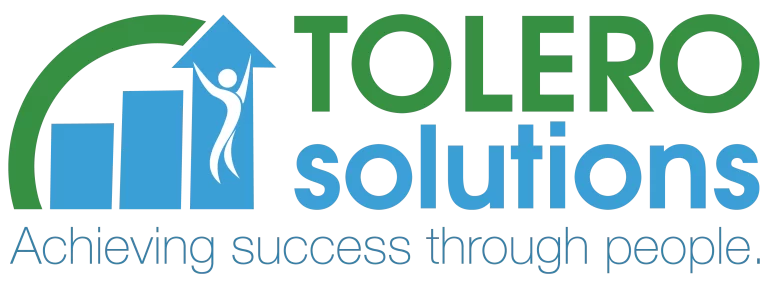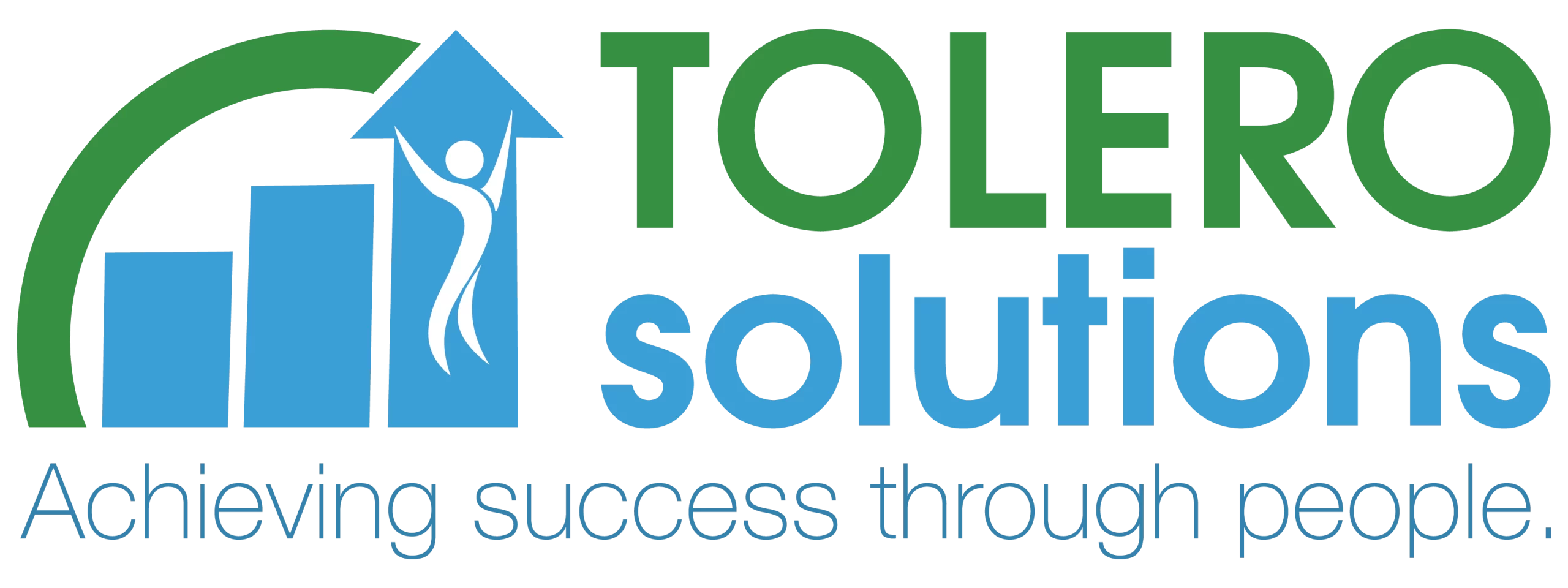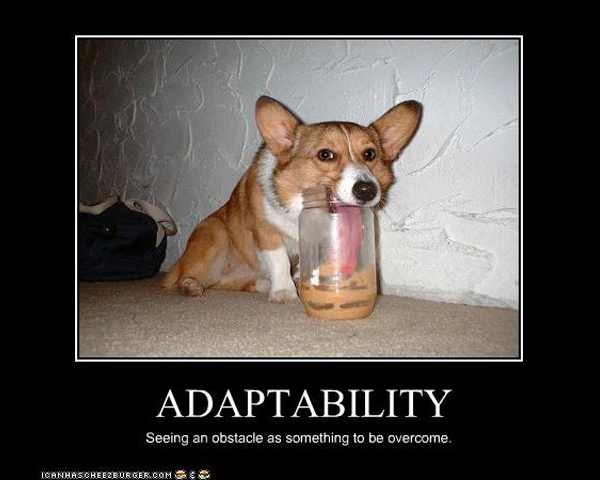Studies vary, but anywhere from 20% – 40% of your revenue is lost due to process inefficiencies. And that doesn’t even include performance and revenue impacts from employee turnover.
The efficiency and effectiveness of your processes have a big impact on your bottom line and your brand.
Process inefficiencies often cause stress and frustration among your staff. And that impacts the customer experience with your brand. When employees are continually stressed, confused, or frustrated, they are more likely to burn out or give up. When this happens, turnover increases. Increased turnover negatively impacts revenue and engagement. High turnover isn’t cheap. Replacing an employee can cost up to 150% of their salary. And that doesn’t even account for the cost of their lost organizational knowledge.
See the negative trend?
[poll id=”6″]
To create and sustain the best possible employee and customer experience, you must identify and define which processes you need in place, when, and where. And which are most effective and efficient. Make them easy to understand and accessible. Remove redundancies that can hinder performance. Removing redundancies that can hinder performance and strategic execution makes your organization more flexible and agile. An added bonus.
So how do you remove redundant processes and create process efficiencies?
You can contact Tolero Solutions to help. You can also begin by trying these tips.
Capture current workflows and processes
You first need to document how you get work done today. Map your current workflow and processes and gather input from all groups who execute on and are impacted by the execution of processes. Various software exists to capture processes. Facilitated interactive process mapping takes it a step further and allows you to take a hands on deeper dive, gathering additional inputs from employees and customers, to identify redundancies and inefficiencies, and to improve process execution.
Plan for how to move from your current state to your future state
Develop a plan and process (no pun intended) to work with impacted employees, stakeholders, and customers for how you are going to move from your current state to your future state. Identify possible organizational impacts to changing your processes. Communicate any changes and impacts and provide needed training and support.
Update your strategy and plan
Once you have documented and communicated your newly created, updated, non-redundant, and more efficient processes and made them accessible, and prepared for implementation and change internally, update your strategy and plan to align. Ensuring your strategy and plan includes the new more efficient processes and desired outcomes will create alignment and support change. Support and alignment help reduce turnover and negative revenue and performance impacts.
[poll id=”7″]
At Tolero Solutions, our focus is people. Supporting people, and organizations, to implement and navigate changes. We’re also efficiency-focused people. We’re process focused people. Our services help reduce process inefficiencies, increasing organizational agility, and improving the employee and customer experience. Want to improve your processes and employee and customer experience, let us know how we can help you.
About Scott Span, MSOD, CSM: is CEO at Tolero Solutions. As a people strategist, leadership coach, and change and transformation specialist, his work is focused on people. Through his consulting and training work he supports clients to survive and thrive through change and transition and create people-focused cultures and a great employee experience. Through his coaching work, he supports people willing to dig deeper to identify and overcome what’s holding them back, change behaviors, accelerate performance and achieve their goals.
Email | Website | LinkedIn | Twitter | Blog | Facebook| YouTube | Instagram
*All Rights Reserved. Reproduction, publication, and all other use of any and all of this content is prohibited without the authorized consent of Tolero Solutions and the author.





